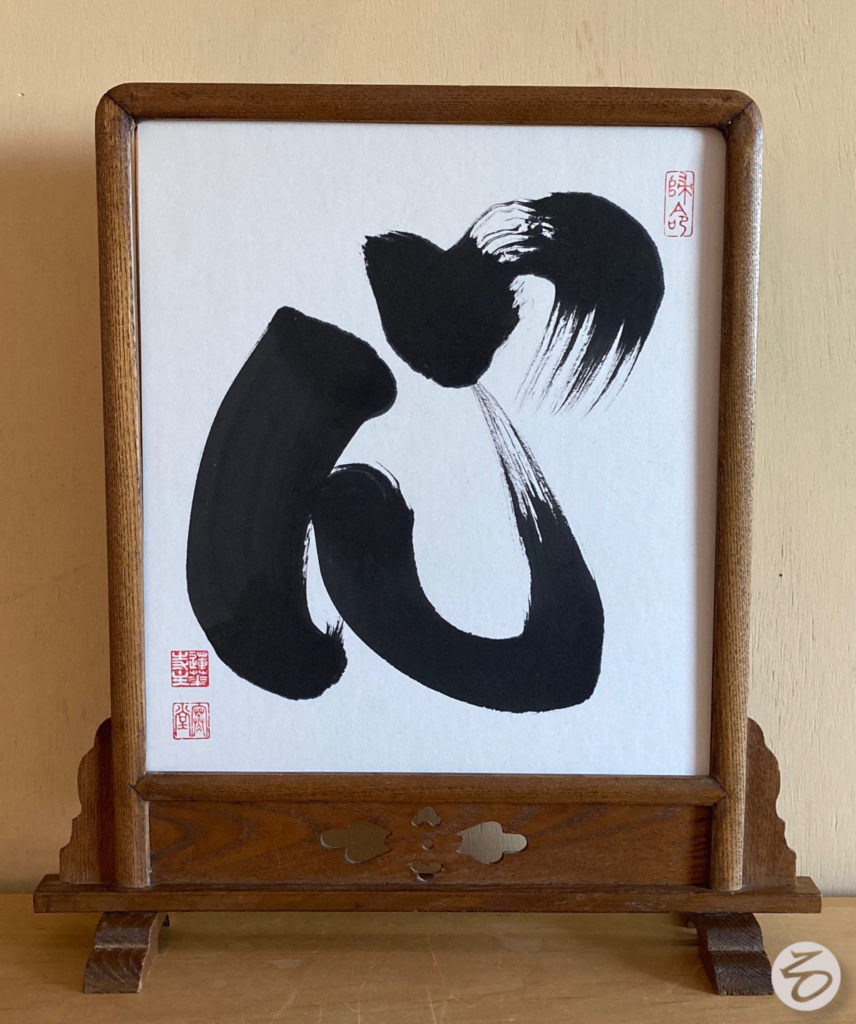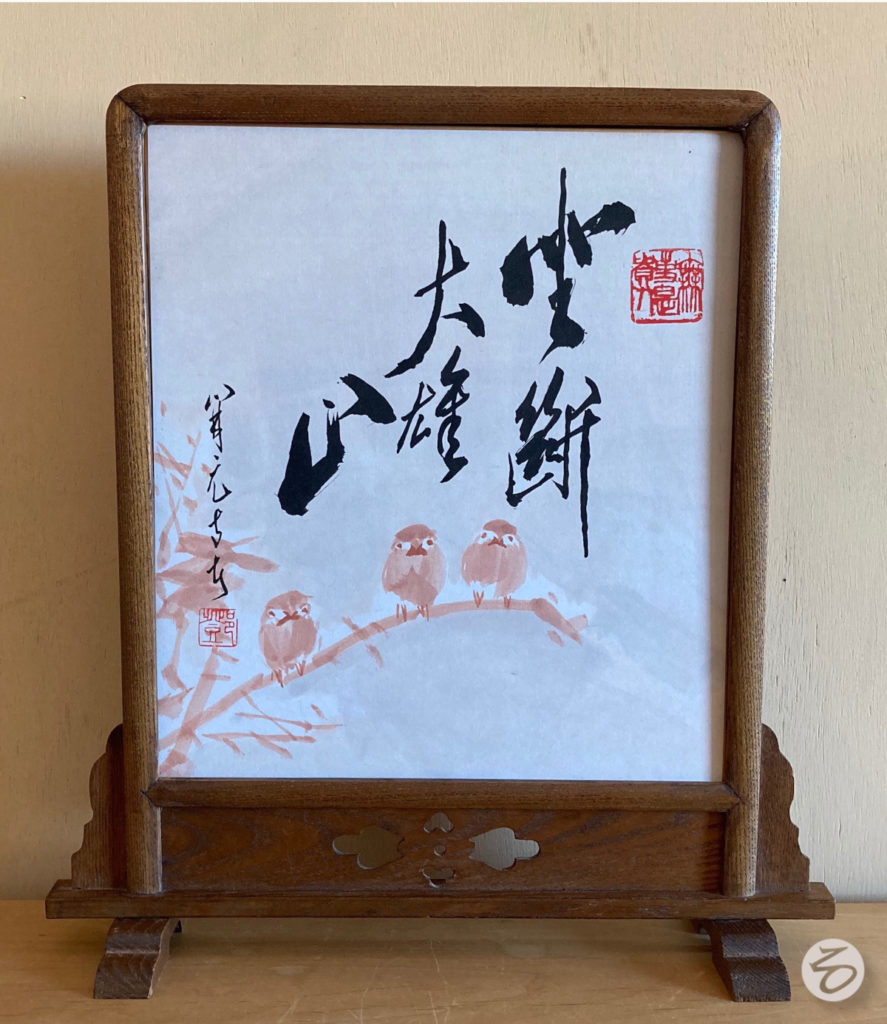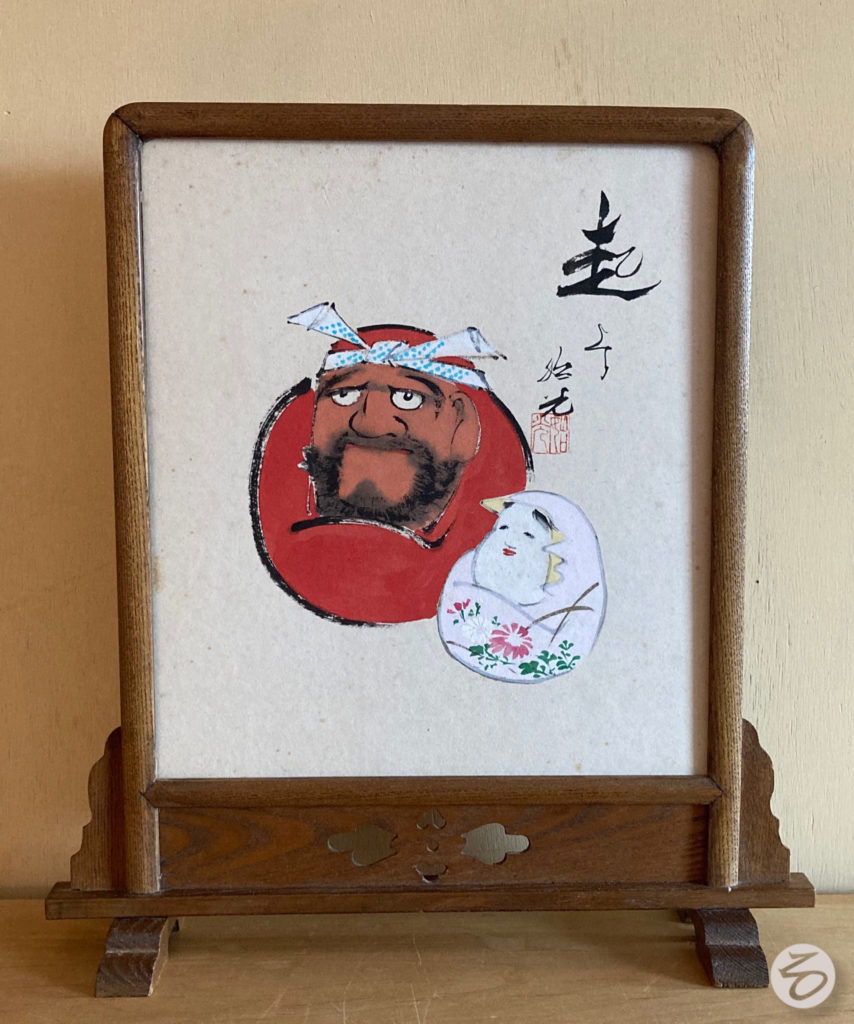Shikishi
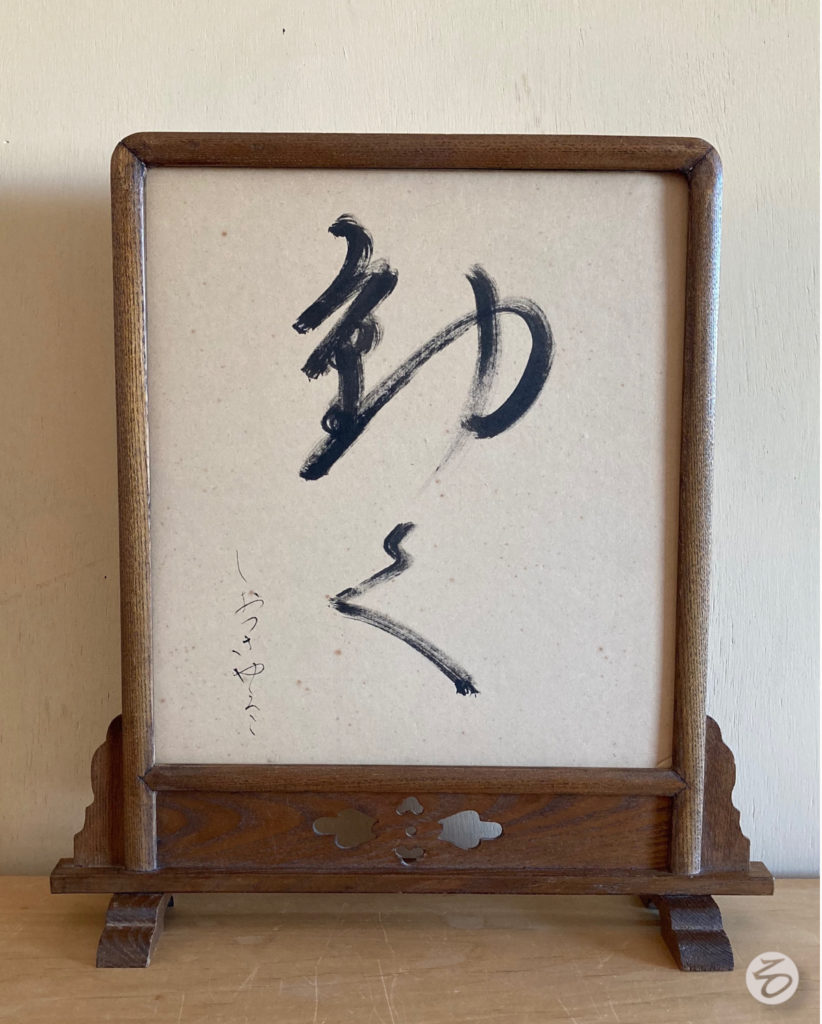
Shiotsuki Sama [April 4, 1918 March 8, 2015 ] was the first-born of the fifteenth generation of Ura-sen-ke, 裏千家, Inner-thousand-family. In those days, it was unlikely for a woman to assume the role of ie-moto, 家元, house-origin, however, she had an extraordinary influence on Chanoyu in Tōkyō, with her boundless energy and un-ending creativity. She was born in the year of the Horse, as was her ancestor, Rikyū. Her Chamei is Sō-shin, 宗芯, Sect-wick. Her posthumous Buddhist name, kai-myō, 戒名, commandment-name, is Yō-wa-in, 陽和院, Positive-harmony-temple.

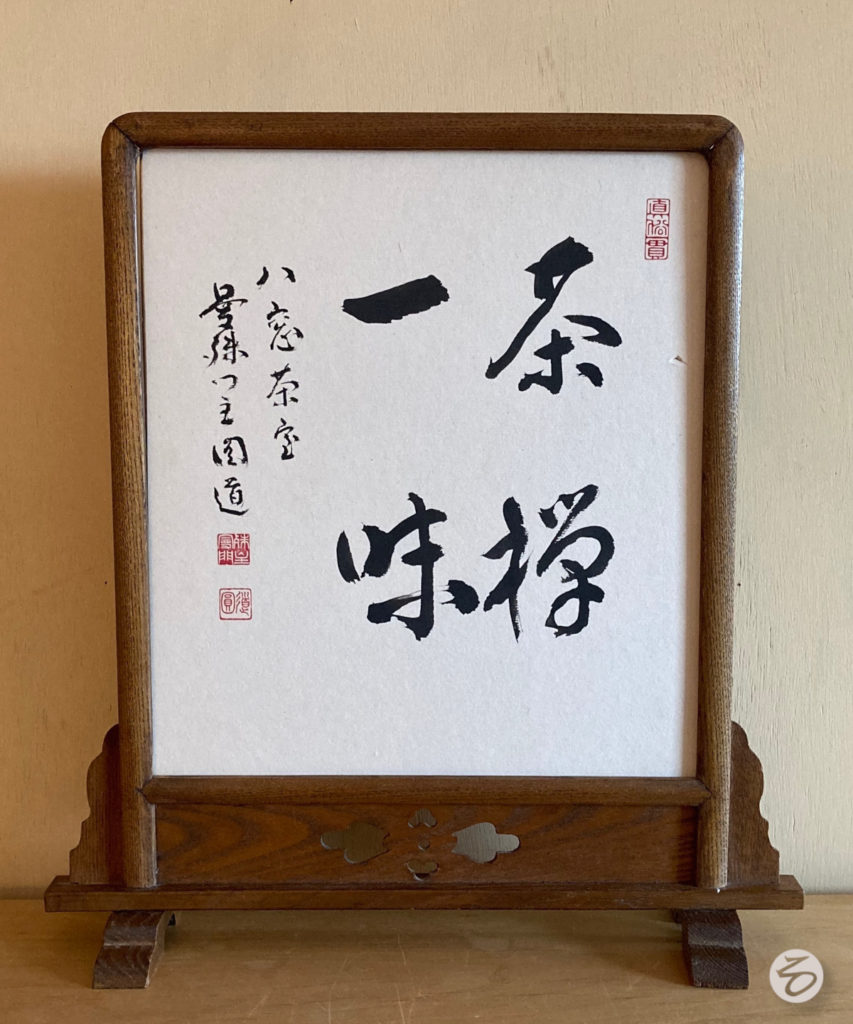

The original poem was written by Myō-e Shō-nin, 明恵上人, Bright-blessing Upper-person. Myōe was given tea seeds by Ei-sai, 栄西, Splendor-west, when he returned from China where he studied and brought back to Japan Zen and the foundation for Chanoyu. Myōe planted the seeds where descendants grow to this day, and is regarded as the ‘true tea.’
Friend, Michael Sō-ei [宗栄, Sect-splendor] Birch, and I had a Chaji at Kōsanji, for guests Mori Akiko Sensei. For the gathering, the Ogawas allowed us to hang Myo-e’s original poem that had been mounted as a scroll. It was one of four poems that he had written on the seasons, and Mrs. Ogawa wrote several copies of the four poems for the guests, and I was given one of the extra copies.
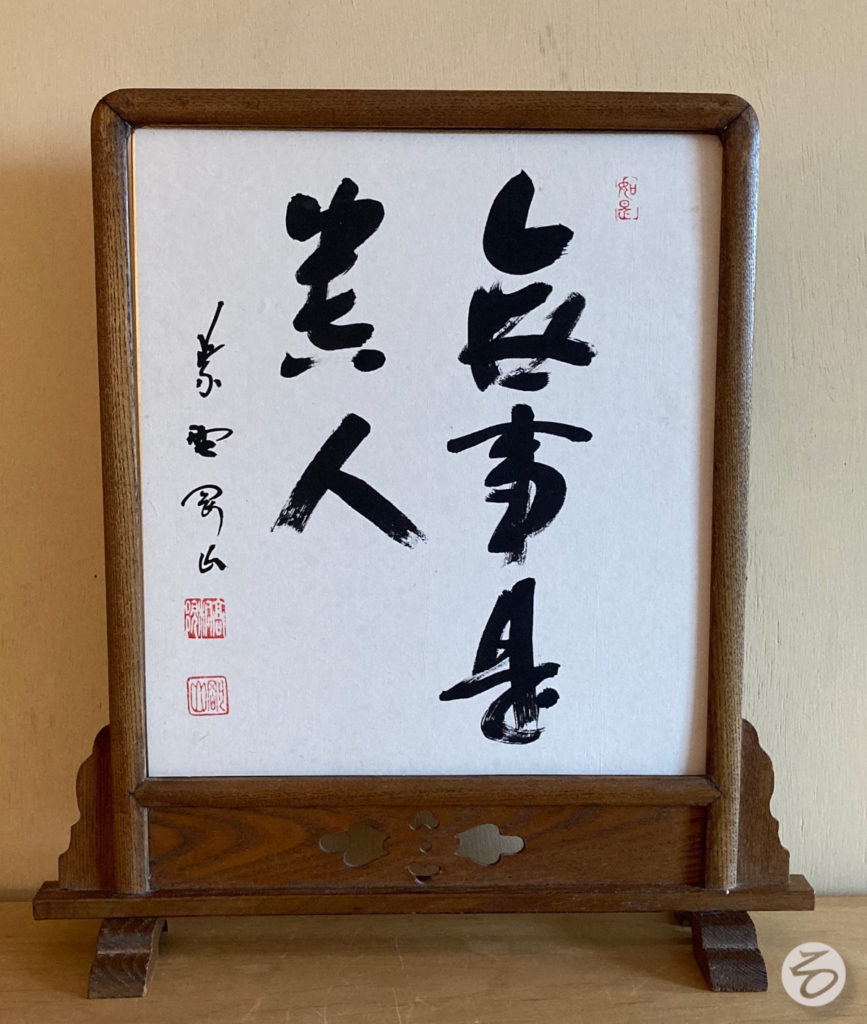
If these five Kanji were written in a single vertical row would be called an ichi-gyō-mono, 一行物, one-transition-thing. Murasaki-no is frequently included on writings by abbots of Daitokuji and its sub-temples, as it is the name of the northern area of Kyōto where the great Rinzai Zen temple is located. It is believed that Murasaki Shikibu was named after the Murasaki area where she is said to have been born.
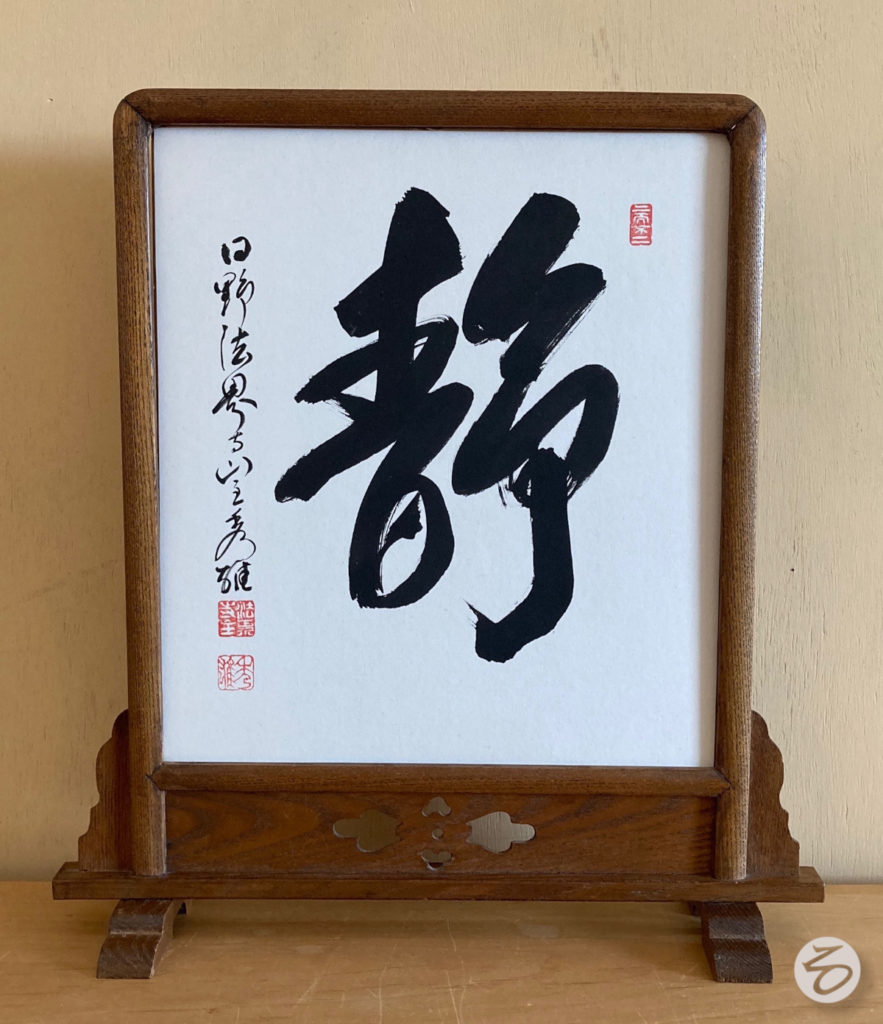
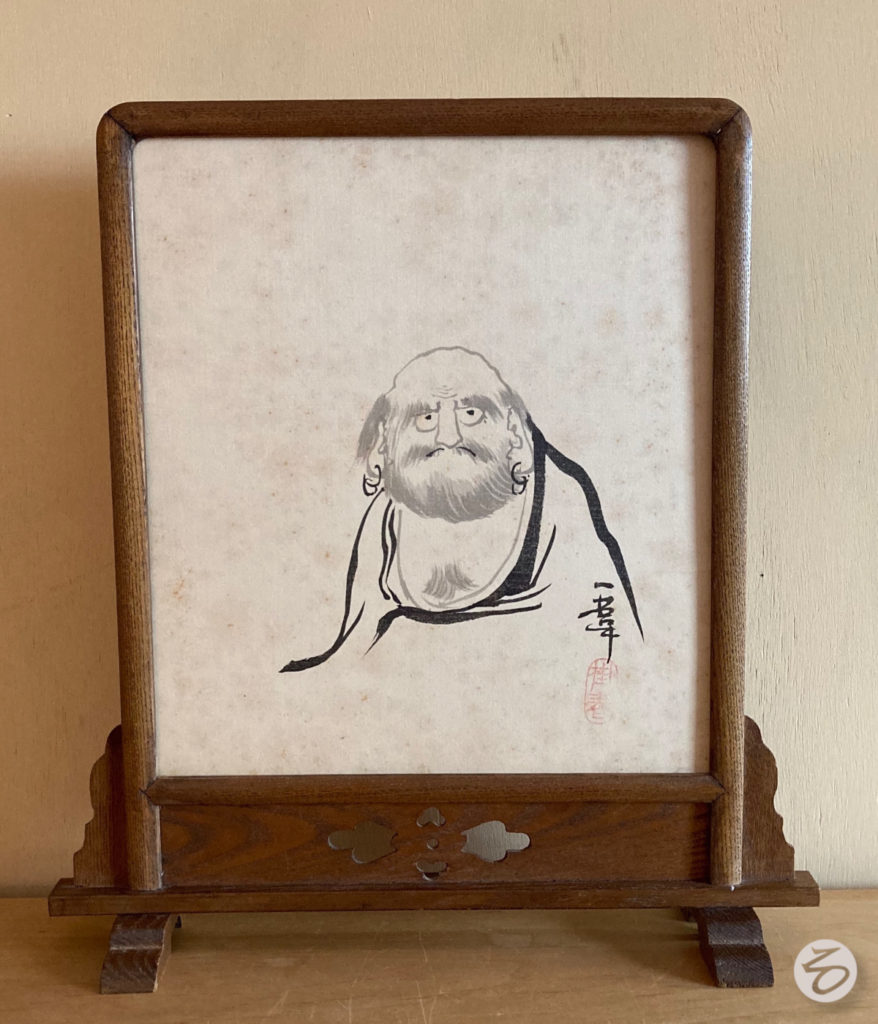
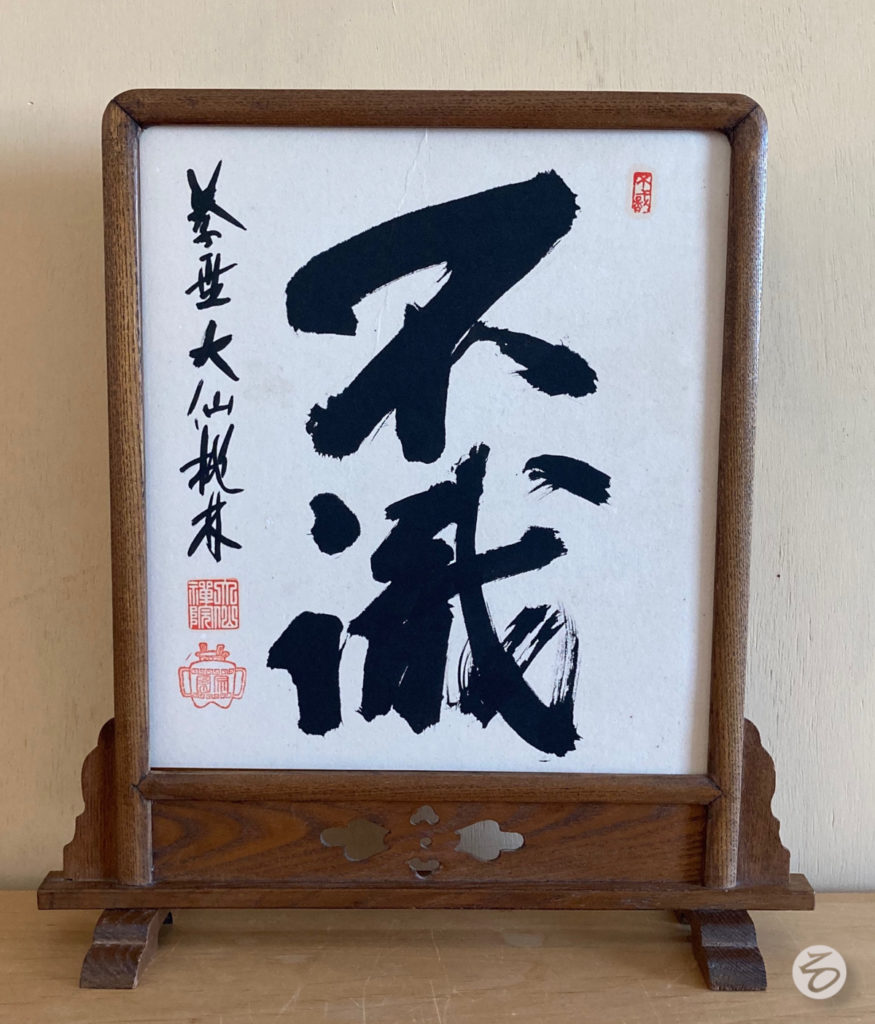

At the end of the Tang period, Zen monk, Yun-men, Un-mon, 雲門, Cloud-gate, is featured with this koan in the Hi-bi kore kō-jitsu is one of the most famous phrases in Zen studies. It is sited in the sixth case of the Heki-gan-roku, 碧巌録, Blue-cliff-record. The following is taken from the Chinese Blue Cliff Record:
Un-mon shide go-un: “Jū-go-nichi i-zen fu-mon nanji, jū-go-nichi i-go dō-shō i-kku rai.? ”
“Ji-dai-un: Hi-bi kore kō-jitsu.”
雲門垂語云:『十五日已前不問汝,十五日已後道将一句来。』
自代云:『日日是好日。』
Cloud-gate gave word-say: “Fifteen day stop-before not-ask you, fifteen day stop-after way-general one-phrase come?” “Self-replace-say: “Day day is good day.”
